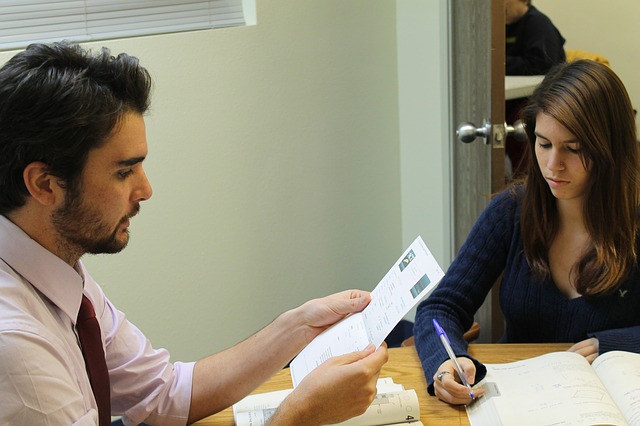Some children with language disorders never catch up to their peers and become adults with language disorders.
Outside of research about people with life long-disabilities (like Down’s syndrome), neurological diseases (like Parkinson’s), Aphasia from stroke and cognitive communication problems caused by Traumatic Brain Injury, speech pathologists don’t publish much research about adults with long-term language impairments.
In a 20-year study published in 2010, Johnson and colleagues found that, compared to people who have never had language problems, adults with a history of language disorders generally:
- don’t stay in school as long;
- don’t go to university as often; and
- work in occupations that are much lower paid and respected.
To close this gap, we need better treatments for adults with long-term language disorders.
The dreaded Matthew effect
One obstacle to treating adults effectively is the viciously circular relationship between adult language and reading problems. Adults with reading problems tend to read less than adults who read fluently. Reading less means you don’t have as many opportunities to learn advanced language skills. This gives rise to language deficits (compared to your peers). To compound the problem, these language deficits then make it harder to learn things.
Over time, good readers get better and poor readers fall further behind. This is the so-called “Matthew effect”, named after the famous biblical passage about the rich getting richer and the poor getting poorer.
So how can speech pathologists help adults with language problems?
Karen Fallon and her colleagues have very recently published a clinical framework to help speech pathologists treat older clients. Although designed for teenagers and young adults, the framework can be tweaked for older adults too. Stripping out some of the teenager-specific jargon (which isn’t relevant to this blog article), the 5 essential elements are:
1. teaching adults specific language skills: research tells us that effective treatments exist for improving word knowledge, reading fluency and comprehension.
2. teaching adults evidence-based strategies to understand what they read: for adults, most learning will come from reading. There are around 30 evidence-based strategies to help adults learn to comprehend what they read. Some of these strategies are general and can be used with any kind of reading task (e.g. breaking reading tasks into parts to identify the purpose of meaning of the text). Others help adults problem-solve, e.g. when they encounter words and sentences they don’t understand. A third kind of strategy looks to compensate for reading problems by giving adults special supports (e.g. notes, summaries and techniques like underlining and Googling unfamiliar words). (In a future post, we will cover some of these strategies in more detail.)
3. tailoring therapy to clients’ real world needs: treatment should focus on “real world” tasks, like work reports and other paperwork, presentations and meeting skills, or university assignments. Time and stress management training should be included to help break language-loaded tasks into manageable pieces.
4. getting clients to co-develop and buy into their therapy goals: clients need to believe that they can do it. Many adults have have struggled for years without success, and it’s essential that they have every opportunity to develop confidence to pursue their goals in a positive, safe place with a trusted speech pathologist. Measuring outcomes and proving to clients that they are improving is an important part of this process.
5. getting other stakeholders to support the client: support from spouses and partners, children, siblings, parents, friends, colleagues, managers and other people in the client’s life can help motivate clients to work on their goals. (Conversely, a lack of support can be demoralising and make therapy goals much harder to achieve in the real world.)
Bottom line
Fallon’s framework doesn’t solve the problem of how best to treat adults with language problems. But it gives speech pathologists practical guidelines to work with adult clients to:
(a) anticipate potential obstacles to success; and
(b) plan and execute evidence-based therapy programs to pursue goals that are meaningful to the clients in the real world.
Read together with some of the scant, but promising evidence on language therapy techniques that work with adults, it’s a good start.
Related articles:
- Your right to know: long-term social effects of language disorders
- Hungry like the wolf: how I help adult clients decide on speech therapy goals that matter (to them)
Key source: Fallon, K. Katz, L.A., Carlberg, R. (2015). Balanced Intervention for Adolescents and Adults with Language Impairment: A Clinical Framework. Seminars in Speech & Language, 36(1), 5-16.
Image: http://tinyurl.com/oc5lunr

Hi there, I’m David Kinnane.
Principal Speech Pathologist, Banter Speech & Language
Our talented team of certified practising speech pathologists provide unhurried, personalised and evidence-based speech pathology care to children and adults in the Inner West of Sydney and beyond, both in our clinic and via telehealth.


Leave a Reply